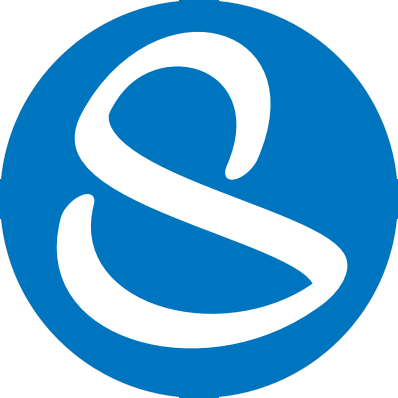The customer is always the starting point in a lean system, so defining waste starts with defining what a customer values.
“What is our business is not determined by the producer but the customer. It is not defined by the company’s name, statutes, or articles of incorporation but by the want the customer satisfies when he buys a product or service. The question can therefore only be answered by looking at the business from the outside, from the point of view of the customer.”
Peter F. Drucker
Waste in product development generally occurs in one of two broad areas: 1) engineering and 2) product development process.
- Waste by poor engineering that results in low levels of product or process performance. This is the most destructive waste.
- Waste in the product development process itself.







